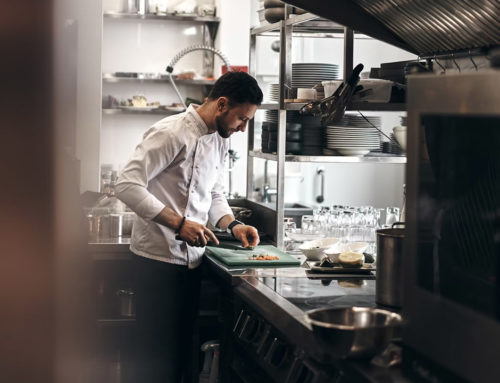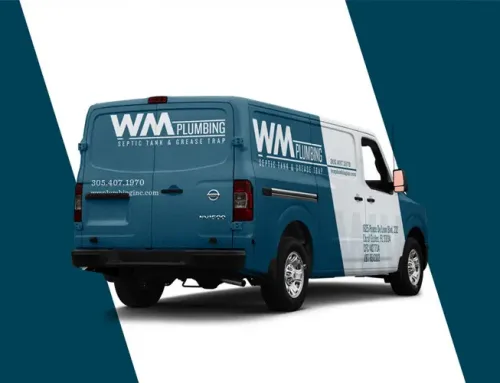Plumbing Requirements for Food Processing Plants

Food processing plants have specialized plumbing requirements to ensure sanitary conditions, operational efficiency, and compliance with health and safety regulations. Proper plumbing infrastructure is critical to maintaining the quality of products and preventing contamination. Below are some key considerations and requirements for plumbing systems in food processing facilities.
Compliance with Regulations and Standards
Food processing plants must adhere to various local, state, and federal regulations, such as those outlined by the Food and Drug Administration (FDA), United States Department of Agriculture (USDA), and applicable plumbing codes. These regulations often mandate the use of specific materials, system designs, and maintenance practices to minimize contamination risks. For example, plumbing systems must ensure potable water supply and prevent cross-connections or backflow that could introduce contaminants.
Potable Water Supply
A reliable source of potable water is essential in food processing for cleaning, rinsing, and sometimes as an ingredient. Plumbing systems must deliver water that meets strict quality standards. This often requires the installation of advanced filtration and water treatment systems. Water pressure and temperature controls must also be adequate to meet the demands of different processing and cleaning tasks.
Drainage and Wastewater Management
Efficient drainage systems are critical in food processing plants to remove waste and prevent water pooling, which can harbor bacteria. The drainage system should include:
- Sloped Floors: To guide water into drains efficiently.
- Grease Traps: To capture fats, oils, and grease before wastewater enters the sewage system.
- Separate Waste Lines: To segregate waste streams, such as chemical and organic waste, for proper disposal.
- Backflow Prevention: To protect against contamination of clean water lines.
Drainage systems should be constructed of durable, non-corrosive materials such as stainless steel to withstand the rigors of cleaning and chemical exposure.
Sanitary Design
The plumbing infrastructure must be designed to prevent contamination and support hygienic operations. Key features include:
- Seamless Piping: Using materials like stainless steel with smooth, non-porous surfaces to prevent bacterial growth.
- Easy-to-Clean Components: Fixtures and piping that are accessible for routine cleaning and maintenance.
- Sealed Connections: To eliminate gaps where contaminants can accumulate.
Hot and Cold Water Systems
Processing and cleaning tasks often require precise control over water temperature. Plants must have systems capable of providing both hot and cold water on demand. Water heaters and boilers should be appropriately sized to meet peak demand, and insulation should be used to prevent heat loss.
Specialty Water and Steam Systems
Some food processing plants may require specialty water systems, such as reverse osmosis (RO) water for sensitive processes or steam systems for sterilization. Plumbing designs should accommodate these needs, including the use of corrosion-resistant materials and dedicated lines to prevent contamination.
Inspection and Maintenance
Regular inspection and maintenance of plumbing systems are essential to ensure long-term reliability and compliance. This includes testing backflow preventers, cleaning grease traps, and inspecting for leaks or signs of wear. Maintenance schedules should align with regulatory requirements and operational demands.
Emergency Provisions
Plumbing systems should include provisions for emergencies, such as shut-off valves for isolating water supply and overflow drains to handle unexpected surges. Contingency plans should also be in place to address equipment failures or contamination events.
The plumbing systems in food processing plants are a critical component of maintaining hygiene, efficiency, and regulatory compliance. By prioritizing sanitary design, reliable water supply, efficient drainage, and regular maintenance, facilities can ensure safe and effective operations. Collaboration with qualified plumbing engineers and adherence to industry standards is essential in achieving these goals.


